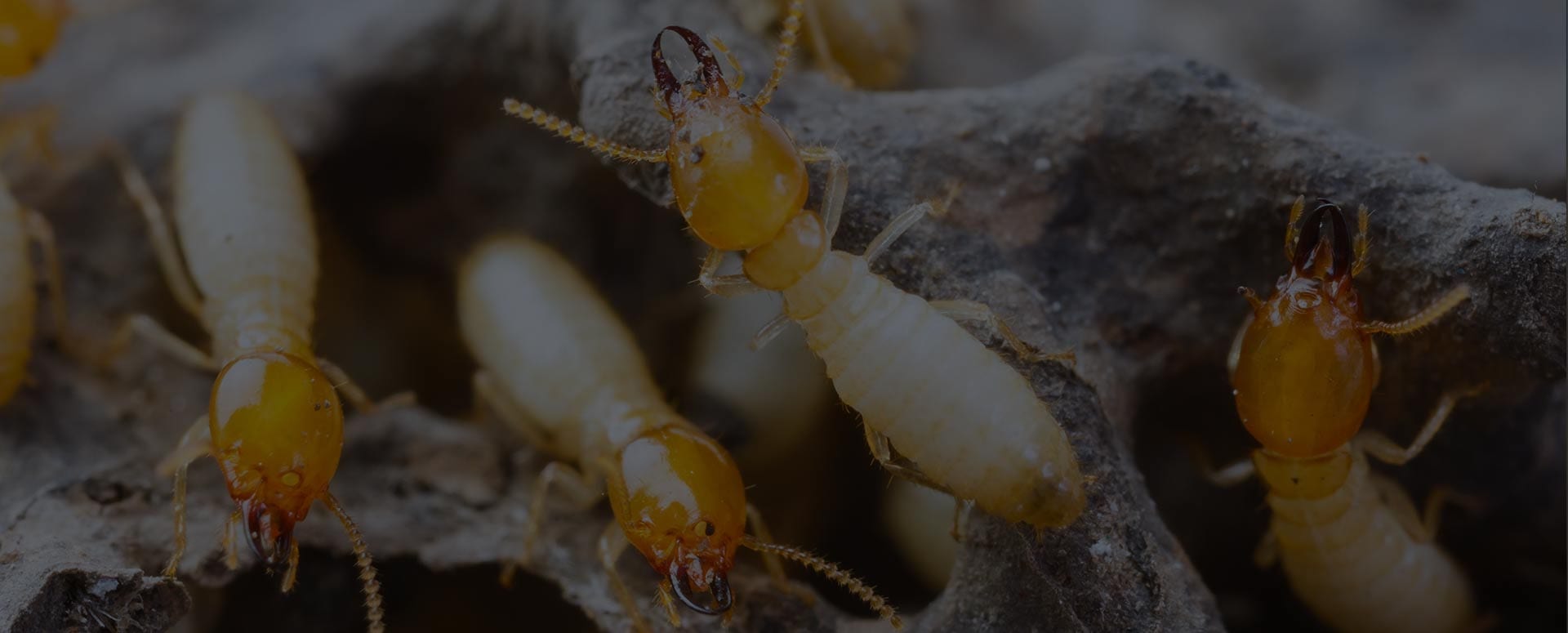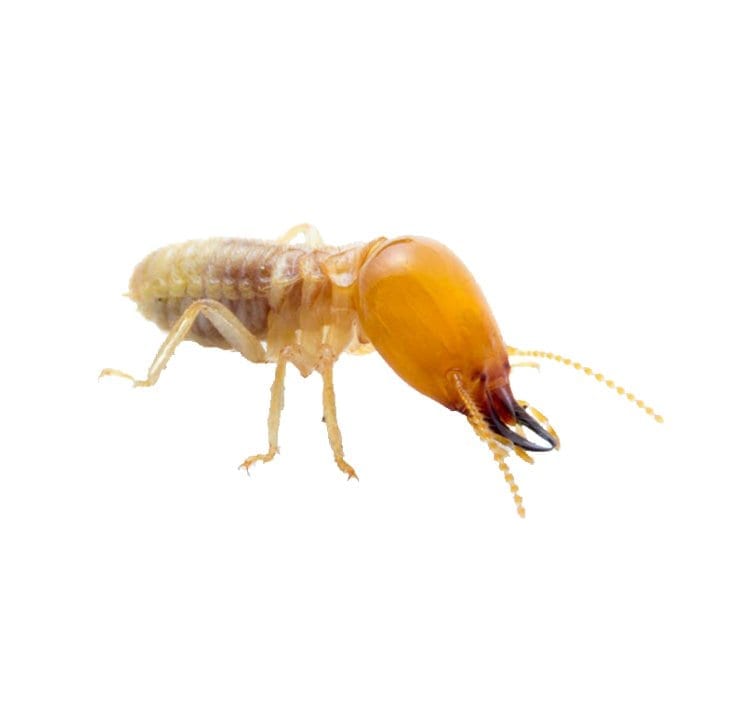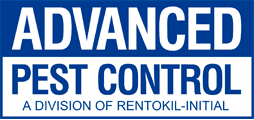
Termites
Silently and slowly, termites cause approximately $1.5 billion in damage to homes in Australia each year. That’s more than fire and storm damage. Combined. Busily boring holes and eating the wood deep within the structure of your buildings, termites can spend years causing extensive damage and you won’t even know.
Also called white ants, these animals are a colony-forming insect that lives in nest that can comprise more than 1 million individuals. They hate the open air and prefer to live entirely enclosed in pitch-black spaces. These are often tunnels they chew through solid wood. They aren’t fussy either. To a termite, the wooden frame of someone’s house is as good as a dead tree out in the bush.
Because individuals are almost never seen out in the open, the first sign that termites are at work in a home are the traces of their damage. Paying close attention for these signs can avoid costly repairs … or even demolition.
While most people think termites only cause damage to timber, their activities also affect electrical wiring. Many house fires are caused by short circuits due to termite activity.
Termite infestation is usually recognised by the damage they have already caused…by then, it can be too late.
Termites
(Isoptera)

